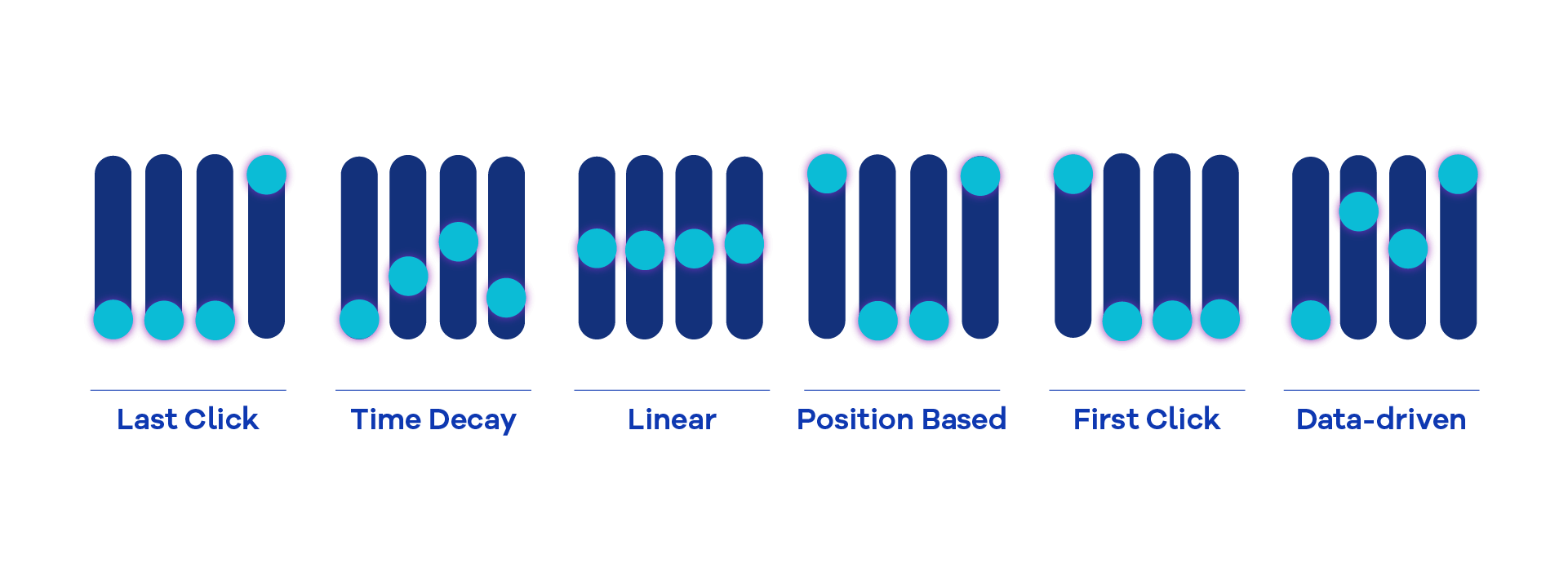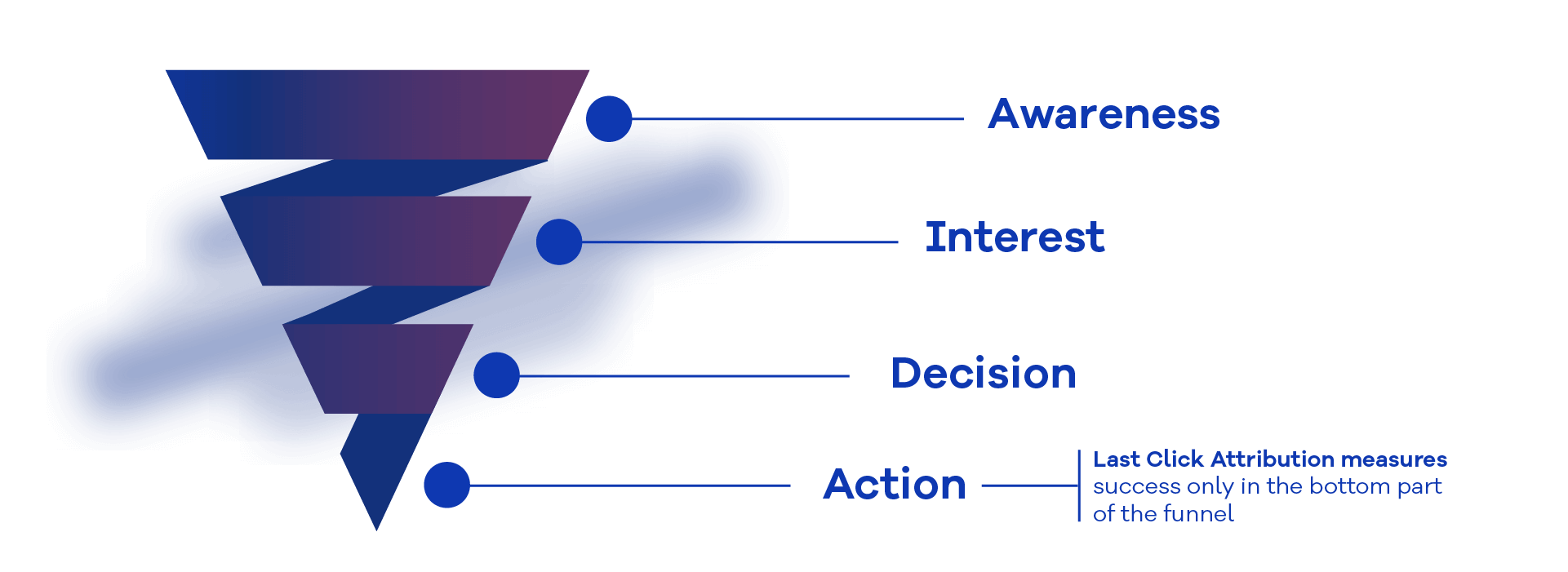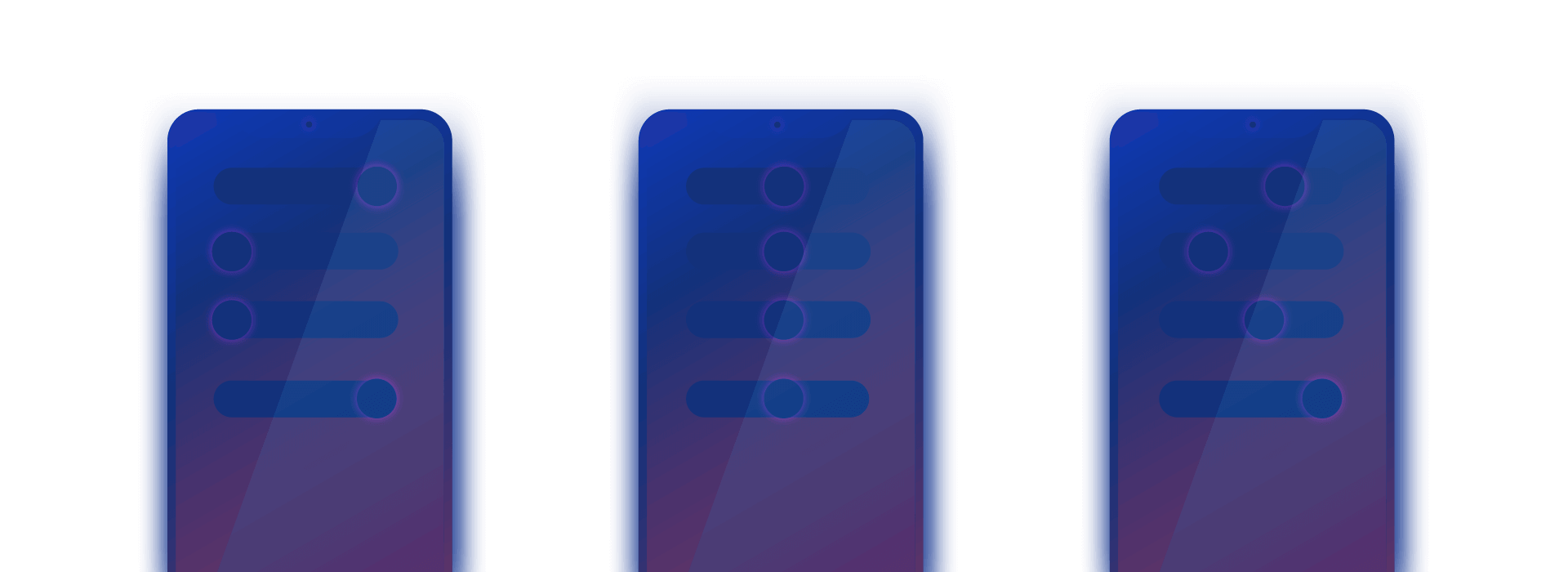Is last-click attribution damaging your Ads performance?
- By SiteImprove - Jan 23, 2020 Ads
Automation and machine learning have received a lot of attention in the search and pay-per-click (PPC) industry over the last few years. If you’ve spent any time reading PPC or SEM websites, you’re probably aware that automation is definitely here to stay and will hopefully make our lives as PPC experts easier. However, we can’t simply rely on AI and automation to do our jobs for us.
There are certainly many cases where smart bidding significantly boosted PPC performance and increased the number of conversions, while keeping the cost per acquisition down. However, in order for automation technology like smart bidding to be effective, your account has be perfectly optimized for that technology. Automation technology, like smart bidding, relies on the correct data to deliver results—meaning you need to have a well-structured account, conversion data, and, importantly, use the right attribution model.
Figuring out the Last-Click Attribution model
Last-Click Attribution is one of the six web analytics models provided by Google Ads. It is also the default model. The premise of Last-Click Attribution is simple; a user makes a purchase and the ‘last click’ received by the ad and its corresponding keyword is assigned all the credit for that conversion.

So how does this work in practice?
Let’s say you are running ads for the keyword ‘sport pants’. A user will normally carry out a number of different search queries before they take the ultimate step of buying your product. The sequence may look something like this:
‘Best sport pants for running outside for men’ > ‘Under Armour training pants’ > ‘Under Armour Challenger III training trousers’ > Purchase.
This example illustrates the classic search chain where a user starts with a broad search term that becomes more and more specific until they understand exactly what it is they want to buy, at which point they are likely to make a purchase.
If your campaign uses the default Last-Click Attribution model then 100% of the credit for the conversion will then be directed to the last traffic source - the ad displayed for the final search query: ’Under Armour Challenger III training trousers’. And for marketers, that’s a big problem.
The challenges of Last-Click Attribution
Now you might ask yourself – why is that a bad thing?
The problem with Last-Click Attribution is that it doesn’t provide a full and accurate picture of the consumer journey. It obscures where the search originated from, and the multiple steps taken by the prospect before they made a purchase.
When you only give credit to the last-clicked ad and its corresponding keyword, you don’t take into account all the queries along the conversion path, which helped the user become aware of your brand and product and guided them towards becoming a customer. If an ad was in the middle of the conversion path, it will receive no credit at all.
Using our previous scenario as an example, it would imply that the user made a direct search for ‘Under Armour Challenger III training trousers’ without having seen any of your other ads. This incorrectly assumes that the user has strong brand awareness and loyalty, and ignores prospects that are not aware of your brand and its latest deals.

Do you remember the last time you directly searched for a product, clicked on the ad and purchased it immediately? It was probably a very long time ago - or possibly never.
The reality is that customers do extensive browsing when researching what to buy, and they need to be carefully guided through the entire marketing funnel until they convert. As Last-Click Attribution measures success only at the bottom, actionable part of the funnel, its usefulness for evaluating campaign success is limited.
On the other hand, brands that look beyond Last-Click Attribution will understand the value that upper-funnel keywords provide in bringing their prospects closer to conversion, and will be able to allocate their budget spend more smartly to improve their PPC performance.
Now we’ve identified the pitfalls and perils of using Last-Click Attribution to measure your Google Ads performance. So what are the alternatives?
What’s the right attribution model to use with smart bidding?
Google will continue to develop and improve automated bidding strategies which maximize the number of conversions and their value, so using a non-last click attribution model becomes even more important, because you might end up hurting your ads performance if you don’t consider the entire conversion path.
When it comes to successfully using a smart bidding approach, the first thing you need to do is to choose an attribution model that works for you, so you can ensure the effectiveness of your strategy.

There is no one-solution-fits-all when it comes to choosing an attribution model, but there are three non-last click attribution models that combine especially well with smart bidding:
- Position-based: Gives 40% of the credit to both the first and last-clicked ads and corresponding keywords, with the remaining 20% spread out across the other clicks on the conversion path.
- Linear: Distributes the credit for the conversion equally across all clicks on the conversion path.
- Data-driven: Gives the credit for the conversion based on past performance data (note: this model is only available to accounts with enough data.)
Using one of these attribution models will give you increased control over the user journey while enabling you to reach customers earlier in the buying cycle. This improves your bidding by giving you a more holistic understanding of how your ads perform.
But how can you tell which of those three attribution models is the right fit for your unique smart bidding strategy? This is where the Model Comparison Tool in Google Analytics comes in.
The Model Comparison Tool examines the historical performance data of your ads to give you estimates for how many conversions you would have acquired, based on these non-last click attribution models. By carefully evaluating this data, you can make a data-driven decision on which attribution model provides the most value to you.
Three simple steps to saying goodbye to Last-Click Attribution
Making the shift away from the Last-Click Attribution is fortunately straightforward. What you need to do is:
- Log into your Google Ads account.
- Go to the Conversion tab and click on the conversion action you wish to change.
- Click on the ‘Edit settings’ and then choose the attribution model that best fits your user flow.
If you are using a smart bidding strategy and you switch to a different attribution model, it may temporarily affect your campaigns until the algorithm adjusts – don’t panic!
Users often take multiple, non-linear journeys before they make a purchase, and Last-Click Attribution doesn’t accurately reflect the various touch points involved in those conversion paths. By switching to a non-last click attribution model, you will better understand the winding paths your prospects take and can leverage that data to deliver better ads results in 2020 and beyond.

